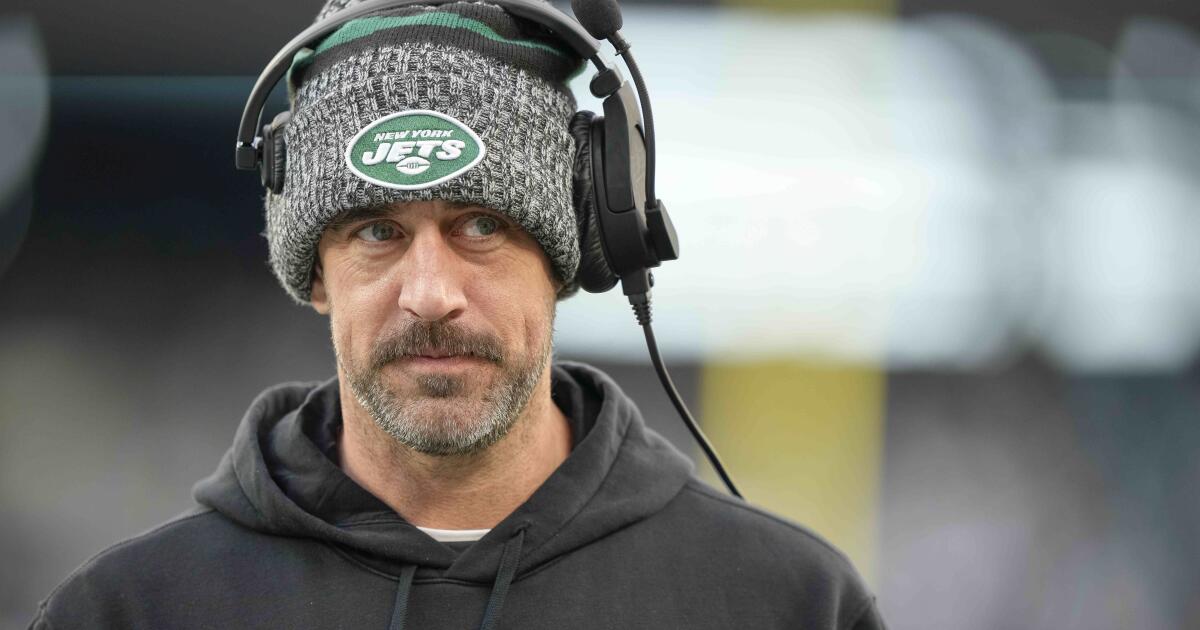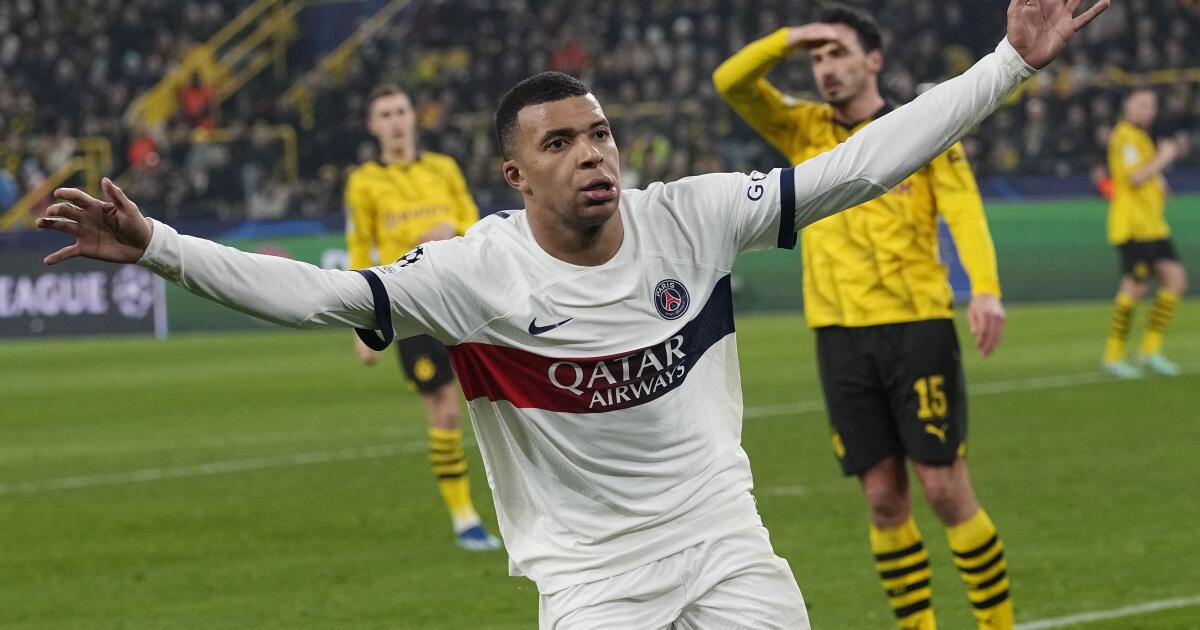Analysis | Alex Ovechkin hasn’t scored in 11 games, the longest drought of his career
Over the past few years, it appeared to be a matter of not if but when Ovechkin would become the all-time goal-scoring leader. As the milestones piled up, virtually every year The Washington Post has tracked his chances of securing the top spot — even the possibility of him soaring past Gretzky and scoring 1,000 goals. This current pace has some Ovechkin fans worried. But even a clunker of a season won’t completely derail his pursuit of Gretzky’s record, and in any case, Ovechkin’s campaign isn’t as dismal as it appears.
One way we can guesstimate Ovechkin’s chances is by using the favorite toy, a formula created by baseball analyst Bill James that calculates the probability a player (in any sport) achieves a cumulative statistical goal (the formula breakdown is below).
By this method, Ovechkin has a 30 percent chance to break the record — assuming he only gets 16 goals this season and only logs a season and a half after this campaign concludes. If he finishes with 20 goals, that would bump up his chances to 42 percent. A 25-goal season would improve his chances to 59 percent and bring renewed and justified optimism that Ovechkin will one day reign as the supreme goal-scoring king of the NHL. And of course, he could play longer than 1½ seasons after this one.
At this point, I believe Ovechkin deserves the benefit of the doubt. Most players decline after age 30, but Ovechkin continued to pace the league in goals scored, winning the Rocket Richard Trophy as the top goal scorer three straight seasons from 2018 to 2020 — and giving him a total of nine such accolades. His shot volume this season, 3.6 shots per game, has declined to what would be a career low, but it is still high enough to rank 18th out of 347 forwards who have played at least 20 games. Maintaining such an impressive shot volume was always looked at as a bucking of the aging curve, so this could be a leading indicator that age is finally catching up to Ovechkin. Still, his shot volume remains at an elite level.
The main reason his goal-scoring is down so precipitously is because he has been unlucky. His overall shooting percentage is 5.3 percent, which, if it holds, would be the lowest of his career and about half his career average. The only other time he had a shooting percentage below 10 percent was in 2010-11 (8.7 percent). Otherwise, it has hovered between 10 and 15 percent every season. He has just one power-play goal on 36 shots this season, giving him a paltry 2.8 percent shooting percentage with the man advantage despite a rate of creating power-play scoring chances (12.2 per 60 minutes of ice time) that ranks as his highest since 2018-19.
In fact, based on the location, angle, type and strength (five-on-five or power play) of his shots on net, we would expect Ovechkin to have 10 or 11 goals at this point (six at even strength and four or five more on the power play). Ten goals in 26 games would represent a 31-goal pace, a number that would certainly put everyone rooting for Ovechkin at ease. Using the favorite toy, a 31-goal season in 2023-24 would give him an 85 percent chance of breaking Gretzky’s record. If he were to achieve a 31-goal pace over the remaining 56 games, he would finish the season with 27 goals — and a healthy 67 percent chance of breaking the record using this projection method.
The wild cards are injury and opportunity. Ovechkin has remained remarkably healthy over his career, but playing power forward in the NHL takes a toll on a player’s body, especially at age 38. Plus, if this slump continues, Coach Spencer Carbery might have no choice but to tinker with the power play, something he has admitted to thinking about, perhaps moving Ovechkin from his familiar spot at the left faceoff circle. If either of those things happen, Ovechkin’s chase of Gretzky’s coveted scoring mark could become a lot more complicated.
The favorite toy formula has four inputs:
- Number needed to achieve goal. In this case it is 72 goals minus whatever Ovechkin adds this season.
- Projected seasons remaining for the player, calculated by the formula (24 minus .6(age)). Ovechkin, 38, is under contract for the next two seasons after this one, with the possibility of a few more after that. One caveat to the formula is a player can never have less than 1½ seasons to complete the task, so for the purposes of this exercise, we will give Ovechkin 1½ remaining seasons after the completion of this one.
- Established level for that statistic. James forecasts this as (last season x 3+second to last season x 2+third to last season)/6. Ovechkin tallied 50 goals in 2021-22, 42 goals in 2022-23 and an estimated 16 goals in 2023-24, making his established level 30.3 goals per season under this formula.
- Projected remaining total, which is simply the last two numbers multiplied.
The chance of getting to the goal is then determined by the following:
[Projected remaining total: (Number needed/2) / Number needed]







